Overview
Map
Other Details
كنيسة سيّدة النجاة
1706
Mayrouba
Keserwan
Mount Lebanon
كنيسة سيّدة النجاة - عين شقيق وطى الجوزيعود تاريخ البناء إلى العام ١٧٠٦، تزامنًا مع عودة الموارنة التدريجيّة إلى أرضهم التي كانوا هُجِّروا منها بعد حملة المماليك. وقد بُنِيَت في أرض الشيخين حصن وصخر ولدا الشيخ ابو قانصوه فيّاض الخازن من غوسطا، لذلك تُعرَف بـ "عين شقيق". سكن الدير أوّلاً الرهبان الأنطونيّون سنة ١٧٢٠ الى سنة ١٧٣٩ بعدهم الرهبان الأرمن عام ١٧٥٠ ولكنّهم ما لبثوا أن تركوها بعد مدّة وجيزة. عقد فيها مجمع عين شقيق، سنة ١٧٨٦ عقب المجمع اللبنانيّ، أيّام البطريرك يوسف اسطفان، ومن أبرز المواضيع التي تداولها اعتماد دير بكركي مقرًّا للبطريركيّة، والتنسيق بين الأساقفة والأعيان ودور كلّ منهما في الأبرشيّة. كما وطرح قضيّة الراهبة هنديّة عجيمي التي حُرِمَت فيما بعد. وثبّت آباء المجمع عيد مار يوحنّا مارون، في اليوم الثاني من شهر آذار وكان يُحتَفَل به آنفًا في التاسع من شباط مع مار مارون. اختتم المجمع أعماله على عجل يوم الإثنين ١١ أيلول، بسبب وفاة المطران أرسانيوس شكري. اليوم، لم يبقَ من الدير سوى غرفتَين متلاصقتين بالكنيسة، وجدران غرفة ثالثة منفصلة. أمّا صورة السيّدة فهي بريشة كنعان ديب الدلبتاوي، قدّمها الخوري جرجس لطيف عام ١٨٥٤.The church of Our Lady of Deliverance - Ain shqaiq Wata el JawzThe church dates back to 1706, recurring with the Maronite’s return to there ancestral lands after the Mamluk’s campaign. The church was built in the land of the two lords brothers Hosn and Sakher sons of Abu Qanso Fayad el Khazen from Ghosta, hence the name Ain Shqaiq (brothers in arabic). The complex was inhabited first by the Antonine monks from 1720 to 1739 and for a short period by the Armenian monks in 1750. In this church was held the council of Ain Shqaiq in 1786, during the pontificate of Patriarch Youssef Estefan. The council decreed that the patriarchal residence should be in Bkerke, the nature of the relations between the bishops and the lords, the case of nun Hindye Ajaimy later excommunicated, and it appointed the feast day of St John Maroun on 2 March (it used to be celebrated on the same day as St Maroun.) The council came abruptly to an end on the 11th of September due to the death of bishop Arsanios Shekry. Today all what remains of the complex are two rooms adjacent to the church. The painting of the Madonna is by Kanaan Dib donated by Fr Gerges Lteif in 1854.
Visited 2237 times, 1 Visit today


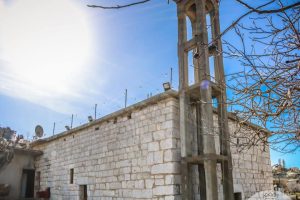
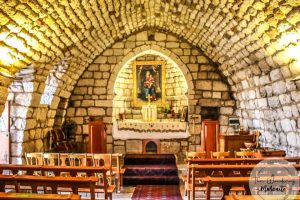
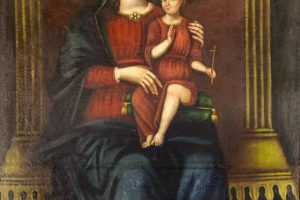
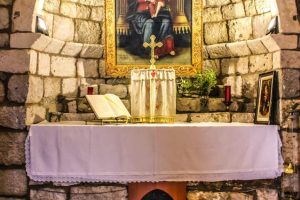







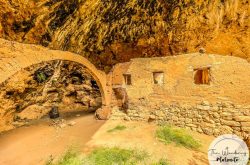
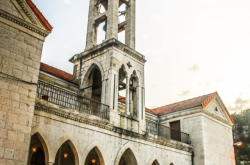
Reviews are disabled, but trackbacks and pingbacks are open.